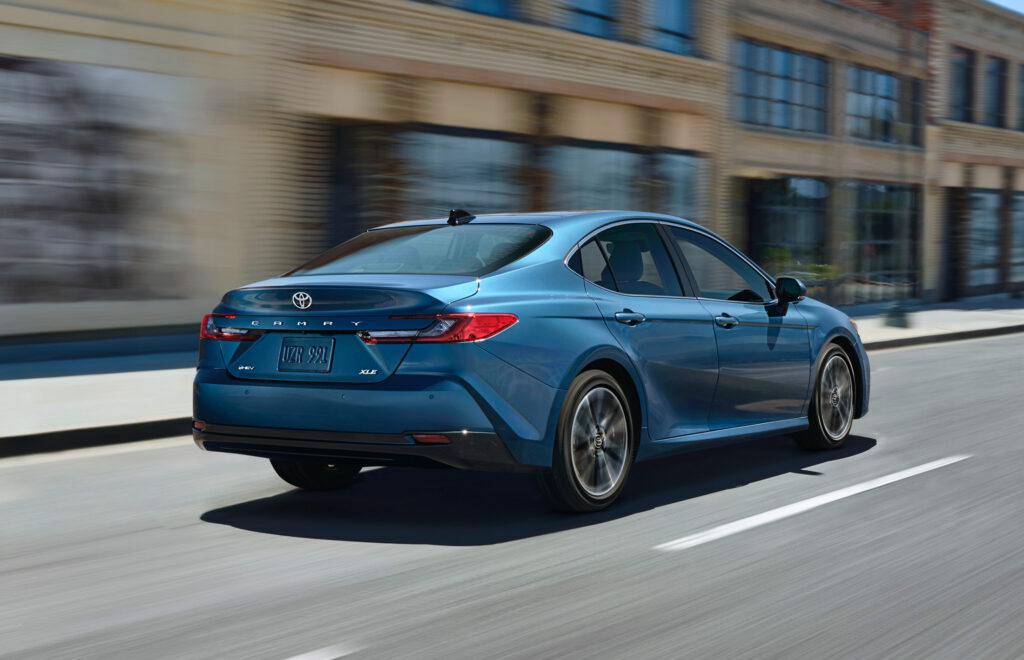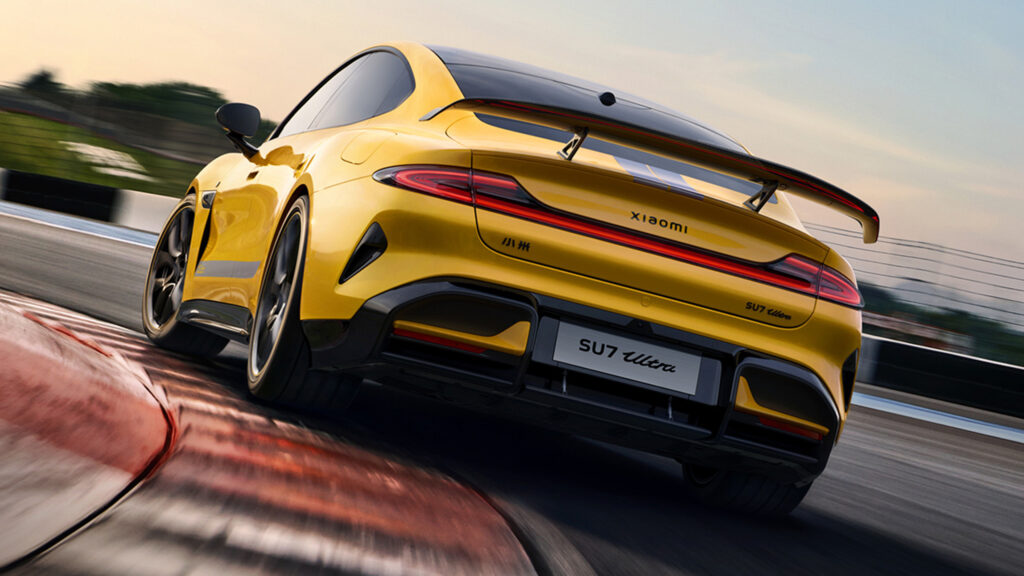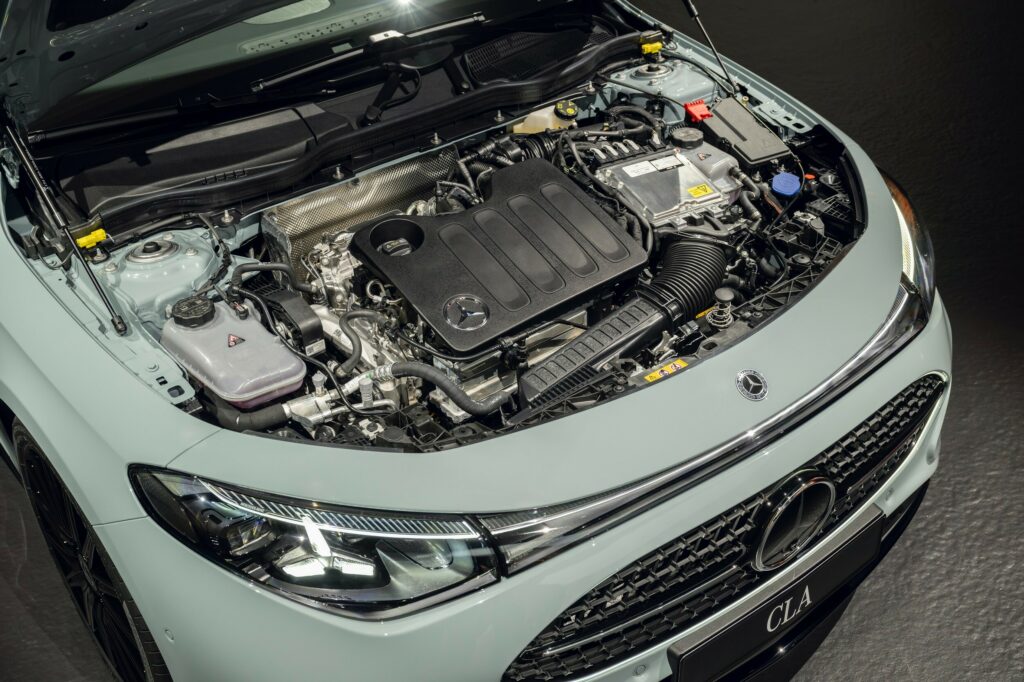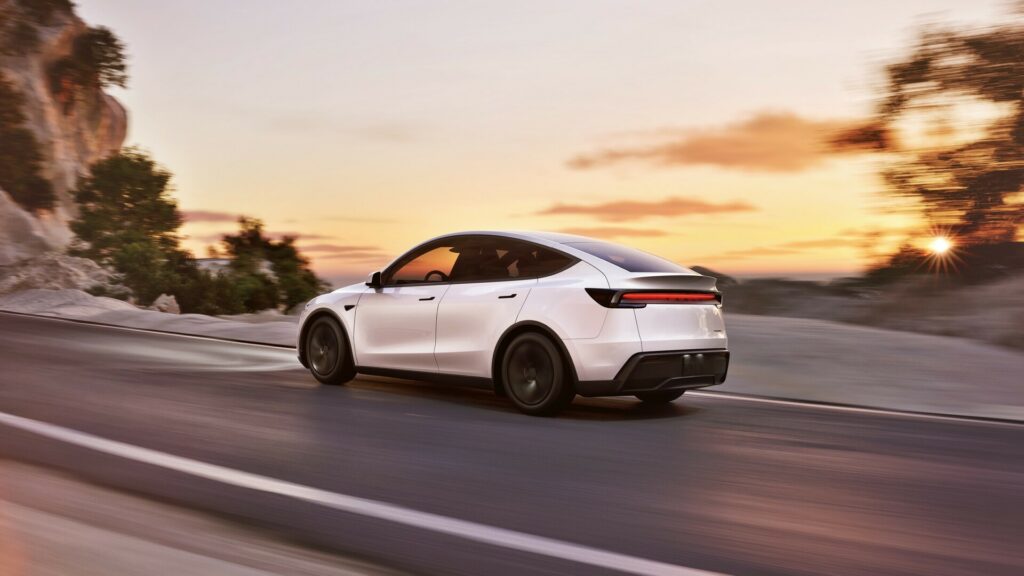VW Bets On Rivian To Fix Its Gas Car Software Struggles Too

- VW and Rivian’s joint venture employs 1,500 engineers on new software.
- VW’s first car with Rivian tech will be the all-electric ID.Every1 model.
- Several upcoming Rivian models will share the new software system.
It’s been a year since Rivian and Volkswagen joined forces on a new zonal electronic architecture for their future electric models. Initially, the partnership only called for future EVs to use the American brand’s software, and while this will still happen, VW has said it may also use the software for its upcoming ICE models as well.
The software stack itself is being developed by the joint venture known as RV Tech, which has set up shop in Berlin and already counts 1,500 employees.
The team is preparing for its first major milestone: winter testing in early 2026, using vehicles from VW, Audi, and Scout to ensure the new system performs reliably in freezing conditions.
Read: VW’s Future EVs Might Run On A Platform It Didn’t Even Build
One of the first vehicles to benefit from the new system will be the all-electric VW ID.Every1 that’s scheduled to hit the market in 2027.
VW will also use the same RV Tech technology stack for other EVs based on its new SSP platform, which can support up to 30 million vehicles. Further down the line, ICE models could follow, using the same software.

“For sure, it is an extremely capable architecture and we could allow for future use to also use it for ICE, but as we already outlined our clear focus is on BEV implementation and whatever comes after that is to be decided at a later stage,” co-chief executive of the RV Tech joint venture, Carsten Helbing, told Autonews.
“The architecture is highly capable of also driving additional drivetrain configurations. So we do not see a huge issue there, but of course, it’s additional work on the component side and on the platform side.”
Rivian Models Also Getting The New Tech
Of course, it’s not just VW models that will use the new system. Rivian will also use the technologies being developed by RV Tech for its R2, R3, and R3X models and will update its current fleet with the latest software.
“We remain incredibly excited by the work coming out of our joint venture with Volkswagen Group,” Rivian boss RJ Scaringe noted.
“RV Tech has gone from strength to strength over the last 12 months and is raising the bar in automotive technology. We’re incredibly excited about the launch of R2 in the first half of next year, which will showcase the advancements the joint venture has made,” he added.


















































